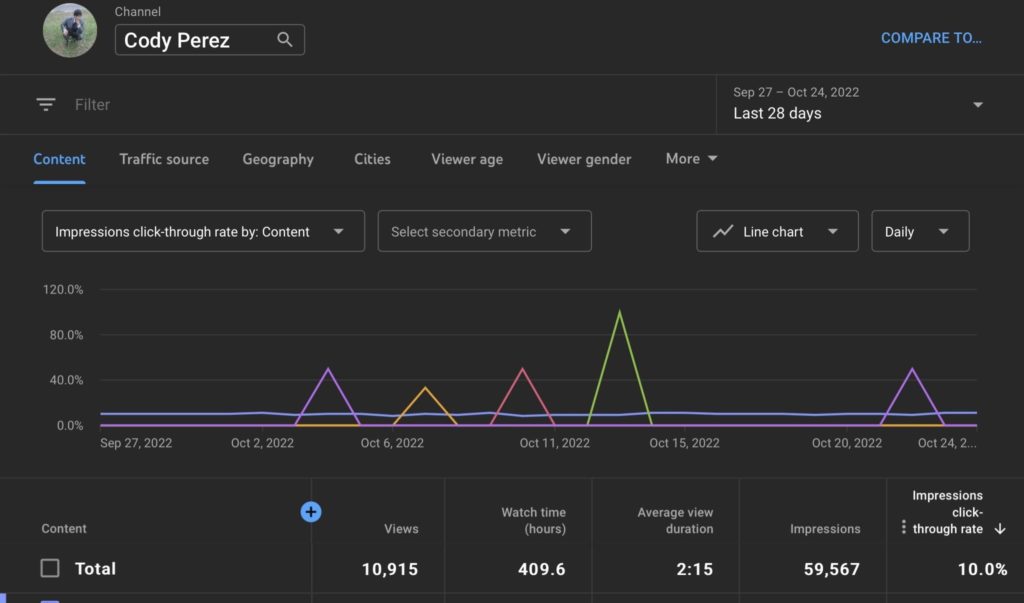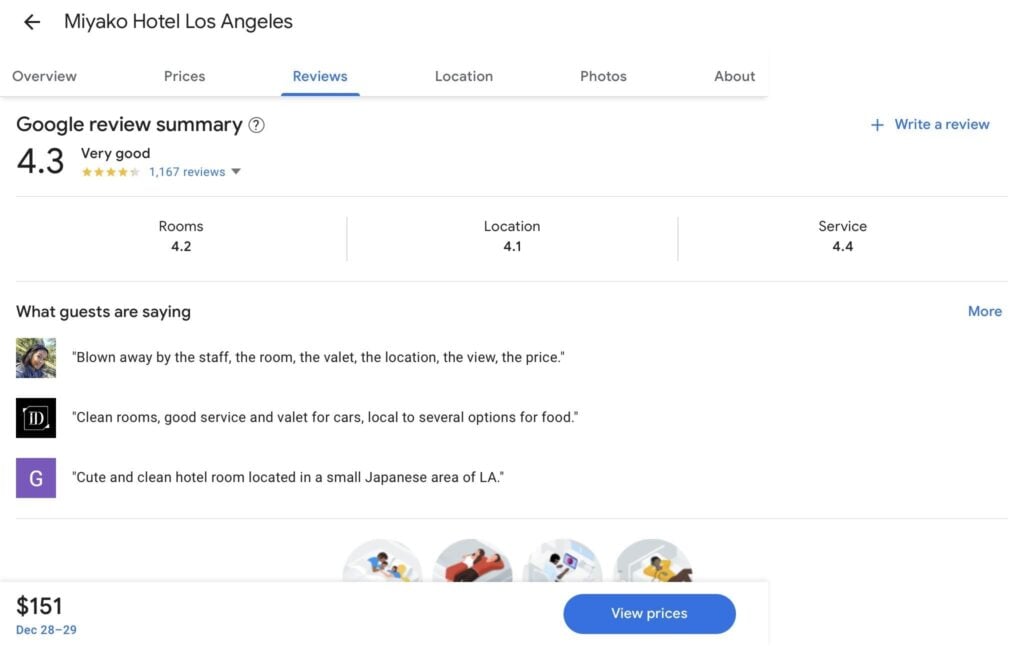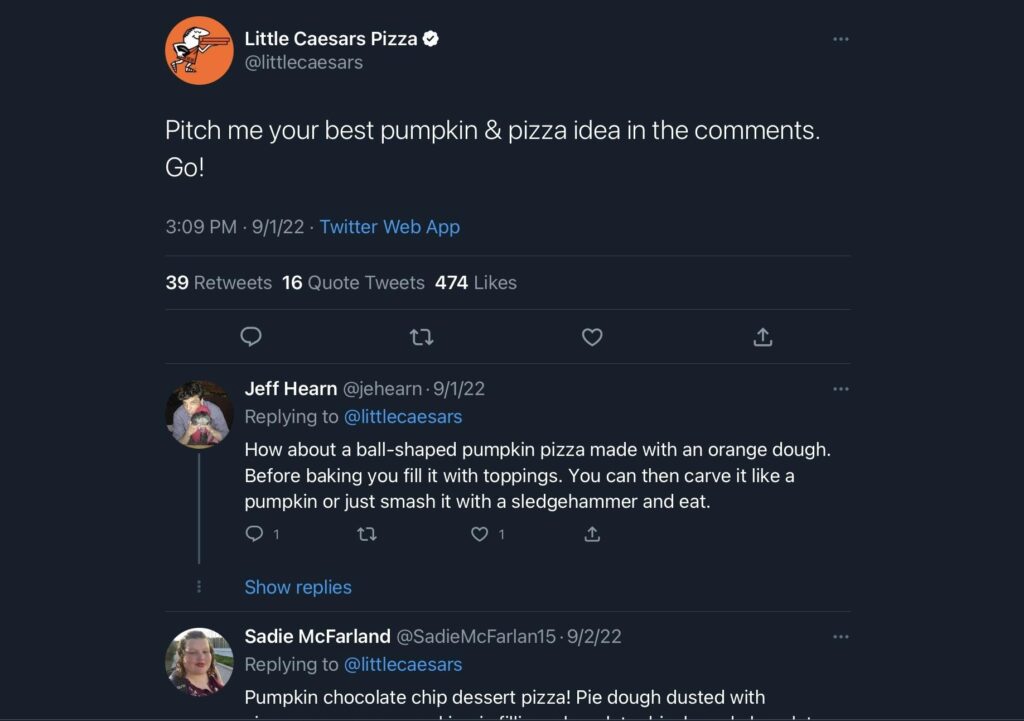Engaging with your online community is the most foundational part of any business today. While most businesses understand that part, it is sometimes difficult to illustrate the exact result of your engagement. That is where community engagement success metrics come into play.
Growth is essential to your business and online community, and being able to measure that expansion is crucial to your success. Over the years, I’ve founded and contributed to a few different websites, including GameRevolution and VGR.
I helped to see them rise to their (still to this day) peak performances, garnering millions of monthly unique visitors through measuring these online community engagement success metrics.
Without these specific points of success, you don’t truly understand your impact, where you need to grow more, and what you excel at. You’ll be missing out on your true potential.
6 Community Engagement Success Metrics
There are six main community engagement success metrics I like to use for any business or site I work for. That’s because it streamlines it down to a manageable number of areas you should investigate. Though there are other possible areas to explore for your community, most of them fall under these main categories.
1. Overall reach
Above all else, the foundation of your community is the raw numbers of how many members make it up. This is by far one of the easiest metrics to calculate since, many times, they’re right in front of you. Your overall reach is how many members are currently in your community and how far you’ve expanded.
For websites I used to lead in the past, for example, this meant using Google Analytics to measure the monthly unique visitors we had each month. It also meant looking at our social media pages and examining the current number of followers compared to the previous year.
For other businesses like an Etsy seller, you might want to tally up the total number of sales you had at the end of the year. Your reach gives a clear idea of how large your community is at this time. It also helps to put into perspective the path your business is going down right now.
If you look at your reach and find out you only have 0.01% more sales than last year, that might be disappointing for a smaller business. Or if your monthly views or visitors have gone down for a website or TikTok account, that can show a decline in your reach. This is the first and most important metric for measuring your community engagement.

2. General community consensus
Raw data isn’t everything. Sure, knowing your reach has grown is necessary for success, but what kind of growth are you experiencing? I always recommend that online communities figure out the general thoughts that your fans and consumers have about your business or you.
The overall consensus your community members have about you and your business determines the quality of your engagement with them. This is a bit harder to measure directly, but there are a couple of ways to convert this into actual numbers. The first is by taking a look at your business’s reviews.
If you have a business that appears on Google, Yelp, and other aggregate sites, you can directly see the quality of your services. For someone who doesn’t sell products in that clear of a way, a survey is an alternative. Put out a public survey where anyone can contribute and see the responses you receive about your company.

This tells you how your fans and consumers feel about your community and what you’ve created. If you find those survey responses, comments, feedback, and reviews are mostly positive, that’s great. Keep that high quality of engagement going. If you find it more mixed or mostly negative, let that be a lesson to start regaining trust and loyalty while you still can.
3. Active communication
Part of engaging with your community is ensuring that the communication isn’t one-sided. There are plenty of YouTubers and Twitter accounts with thousands, even millions of followers, but little to no engagement from the community itself. This calls into question what sort of actual followers they have, in all honesty.
For example, I hate to call out one of my favorite restaurants, Olive Garden (don’t judge), but their followers don’t show the actual truth of your community engagement. More than 400,000 followers should mean more than maybe 100 likes and a couple dozen comments on most tweets these days.
Oddly enough, Olive Garden follows me and many other fans on Twitter, yet this doesn’t translate to better engagement and communication. On the other hand, take fast food pizza chain Little Caesars, which has slightly fewer followers, and they generally have dozens and even hundreds more replies to their tweets.

It's all about ensuring you have reach and a high level of communication with your fans and consumers. Anyone can bloat their reach with fake or inactive followers, but few businesses nail down creating a welcoming environment where everyone engages with one another actively on a regular basis.
4. Call-to-action responses
Another way to measure your community’s activity level is through the responses to your CTAs. Most of the time, I find that a very select group of fans and community members will follow through on your calls. However, calculating just how many do this can be telling about the state of your online community.
There are the aforementioned surveys that generally only the most dedicated fans will follow through with. But there are types of calls of action that you can use, like requesting your fans to follow you on other social media platforms. You might even want to share a Slack or Discord online community for your fans to join, such as the one the popular travel YouTuber Paolo From Tokyo has.

Whatever your call to action might be, including taking advantage of special sales or sharing an important post, this can represent your community's engagement. As I said, these numbers are some of the lowest you’ll find when tracking your community—and that’s understandable.
However, this metric is important for noting your most passionate fans and consumers. If 1% of your followers on Twitter respond to your survey, that 1% likely consists of your ride-or-die community members. If you can capitalize on your calls to action and increase that engagement, you are growing your most loyal subset of fans.
5. Quality retention
One aspect of your community that goes beyond raw numbers is retaining those existing members. Expansion is nice and necessary to show that your community engagement is always growing, but you shouldn’t ever forget about the people you’ve already established as part of your community.
Retention involves measuring the community members who continuously come back and engage with your audience or business in one way or another. A way that you can do this is by breaking down year-over-year analytics when it comes to comments, retweets, and interactions.
You can see how many people joined your community at the start of the year and how that number compares at the end. For some businesses, it is even possible to see who the repeat customers are since you want to do what you can to incentivize them to continue contributing.
Of course, if you have a subscription or newsletter, this is one of the easiest ways to see retention in your community. You’ll clearly see who is signing up for these services, how many unsubscribe, and keep track of these numbers. Retention is crucial because some businesses will experience immense, record-breaking growth, which is great, but fail to keep those community members around.
6. Fan-created content
As the internet grows and platforms like TikTok, Twitch, YouTube Shorts, and more continue to grow, so do aspects of your community engagement. Fans online are all about showing their love for their favorite brands through various methods. To this point, the most passionate fans will even create their own content for others in the community.
This could be something as simple as a video review of your product that a fan wants to share with others in the community. It could also be a fanart of a particular character that you created. Fan-generated content is overwhelmingly popular, especially with younger audiences, and it is one of the strongest measurements of how engaged your community is.
If you have a lot of fan content in your community, that usually shows that you’ve engaged with them enough to hook them on your style and brand. Measuring this aspect isn’t the easiest, but it can pay off to have a social team that scours Discord, YouTube, and more for user-generated content.
A key part of this is sharing what content your fans create. The best company TikTok channels engage directly with user videos and share them with the rest of the community, such as the Oreo brand often doing duets with fans. This not only strengthens your brand but encourages more of this content. Be sure to create hashtags and special key terms that you can easily track across platforms to see what’s being made.
Why Measure Your Online Community’s Engagement?
The purpose of measuring your online community engagement is to obtain data on how your online community is doing. With this data, both qualitative and quantitative, you can have a better picture of your brand’s community. This is crucial for several reasons, not least of which is continuing your online successes.
I’ve beat it over the head many times on our site, but your online community is the single most important part of your company. Without your community backing you up, you will be lost when it comes to navigating who is buying into your products and/or services and why.
Your community isn’t there to simply hear from you: It needs to be a two-way street where you are interacting with your community members, and they are, in turn, engaging with your brand. This creates a powerful and lucrative professional relationship that businesses live and die on.
Of course, measuring that online community engagement success is a part of ensuring your community is growing in the right ways. You don’t want to leave your community members to moderate themselves, so this data can show your strongest and weakest areas.
Your goal should be to take that data and turn it into better results for your brand. If you’re strong at gaining new community members but weak in retention, it's time to invest in promotions, incentives, and other bonuses that will reward your longest members.
On the other hand, if you have a small but passionate group of fans who create their own content, but the community’s growth has remained stagnant for years, it is clear from the data that you need a revamp. These metrics can show your next plan should be for your business.
Community Engagement Is Your Brand’s Cornerstone
Community engagement success metrics are only helpful if you actually engage with your online fans and consumers. You can hire analysts and spend all day in software programs trying to calculate statistics for your brand, but you also need to dedicate time to the ones who matter the most: your community members.
To this point, I recommend researching how to tackle community engagement, what it is, and why it’s so important. Once you grasp this concept, you will find that your metrics for community interaction will naturally go up as you implement better systems for your business online.
Community engagement is only one part of this delicate process, too, so be sure to subscribe to our newsletter for even more insight on how to grow your ecommerce brand and business in the long term.
Recommended reading
- What Is An Online Community? Ultimate Guide To Get Up & Running
- What Is Online Community Engagement? Your Best Digital Asset Explained
- How To Build An Online Community: 5 Complete Steps + 4 Best Practices
- How To Grow A YouTube Community: Complete Guide
Recommended tools


